From December 7, 2020, a five-night webinar series titled "Nights of Imagining the Future Created by Art and Business" was held, hosted by Dentsu Art Hub, an internal Dentsu Inc. lab dedicated to "connecting art and business to envision a prosperous future." Each session featured dialogues and trialogues among powerhouses deeply involved in art and business from their respective standpoints, all conducted under "three keywords." The themes for these "fantasy talks," set in advance by the participants themselves, were enough to spark the imagination of the audience.
In this series, we aim to delve into the essence of art, the essence of business, and the grand theme of the future created by the "multiplication" of art and business, as revealed through the webinars, from the editorial team's unique perspective.
In this final installment, we delve into the future of art and technology, drawing from the dialogue between Mr. Hiroshi Sugiyama of Mori Building's New Business Development Department and artist/Professor Rei Wakita, Dean of Keio University's Faculty of Environment and Information Studies.
Editorial responsibility: Web Dentsu Inc. Editorial Department
"If you think of digital as something without mass, it feels like all the mysteries are solved" (Hiroshi Sugiyama)
Sugiyama, a member of Mori Building's New Frontier Planning Department launched in 2019, is bringing to life a "festival of technology culture" that fuses digital and art. Amidst the trend "from flat art to spatial art, and then to experiential art," he has realized projects like a 10,000-square-meter art museum. "To put it simply, my job is creating spaces." What Sugiyama is most focused on now is what could be called experiential art.
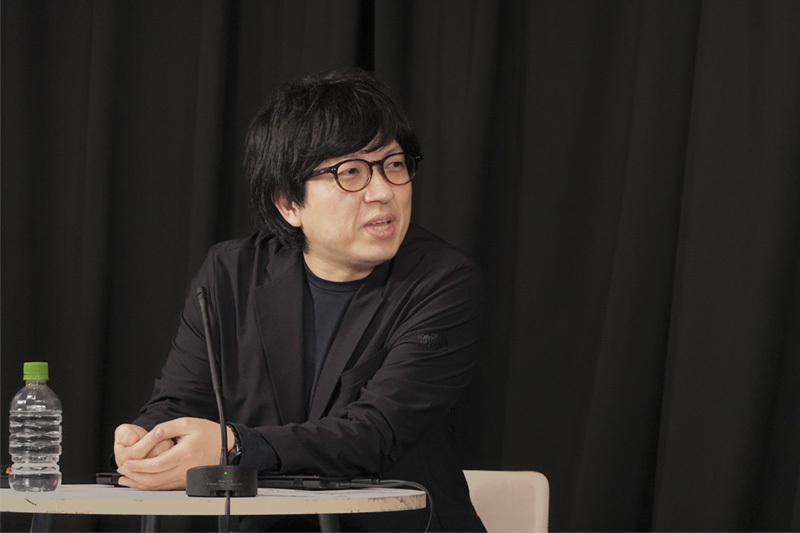
Mr. Sugiyama during the webinar
"Experiential art is something you can only experience in that place, something you take home with you based on what you felt there." According to Mr. Sugiyama, this trend is transforming the very form of art into something transcendent. "To put it simply, when you wanted to make that emotion your own, traditionally you could just purchase the artwork and take it home.
But with experiential art, you can't take the work home. That's because digitally created works have no physical mass. Even if you witness projection mapping technology and experience immense emotion, it's physically impossible to take the projection mapping itself home, own it, and display it in your living room to enjoy.
"If design is medicine, then art is poison" (Rei Wakita)
This quote was shared by Mr. Wakita at the very end of the webinar, and his point continued further: "If technology is desire, then science is humility." At that moment, it felt as if the sound of webinar participants slapping their knees in front of their PC screens washed over my ears. "In that sense, today's theme becomes 'A Future Where Poison and Desire Resonate,' which inevitably leads to something spectacular, doesn't it?"
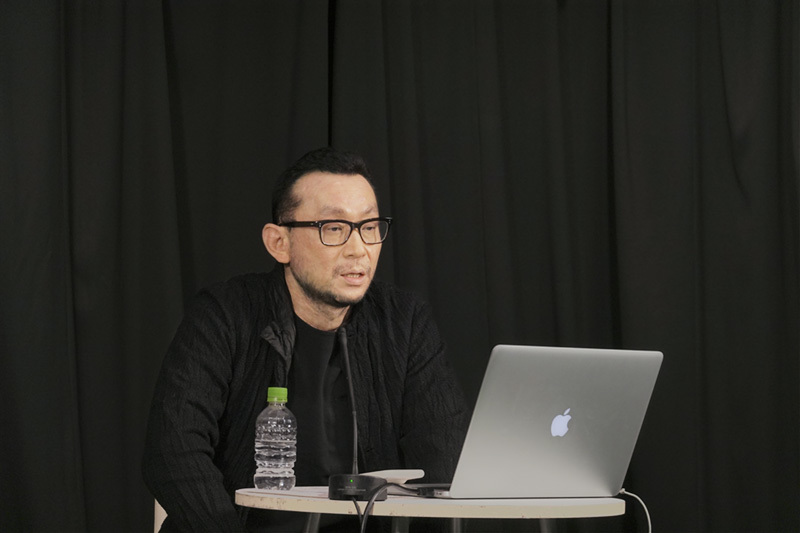
Mr. Wakita during the webinar
Mr. Wakita, who serves as Dean of the Faculty of Environment and Information Studies at Keio University, also has a side as an artist. His original specialty was computer science, and the easily understandable example he cited was "CT scan" technology. "I wanted to make the invisible visible. And in 3D. In real time. With greater precision. I pursued only that, thought only about that, and worked until I was literally worn out like a rag."
At first, the phrase "like a worn-out rag" seemed like one of Wakita's signature self-deprecating jokes, but it wasn't. The result of immersing himself in research until he was worn out was that Wakita fell seriously ill. "I experienced what you could call my first long-term hospitalization in my life, and during that time, I suddenly felt something. As a result, here I am now, speaking about art, even though I was a hardcore engineer before. You never know what will turn out to be a blessing in life, do you?"
Tonight's Keyword (Part 1): Your Own Story
Let's hear a bit more about the story surrounding Mr. Wakita's serious illness. "When I faced this major illness, a feeling I'd never experienced before welled up inside me. It was this: if I'm going to die anyway, I want to die with peace of mind. Naturally, being a researcher at heart, I then wondered: how could I achieve that peace of mind? If death lies ahead in the path of the wind, then from a fluid dynamics perspective, what kind of wind (風) and what kind of flow (風) should I ride to make it best? I started thinking about things like that. It was only natural that spiritual matters and art came into view beyond that. At least, for me."
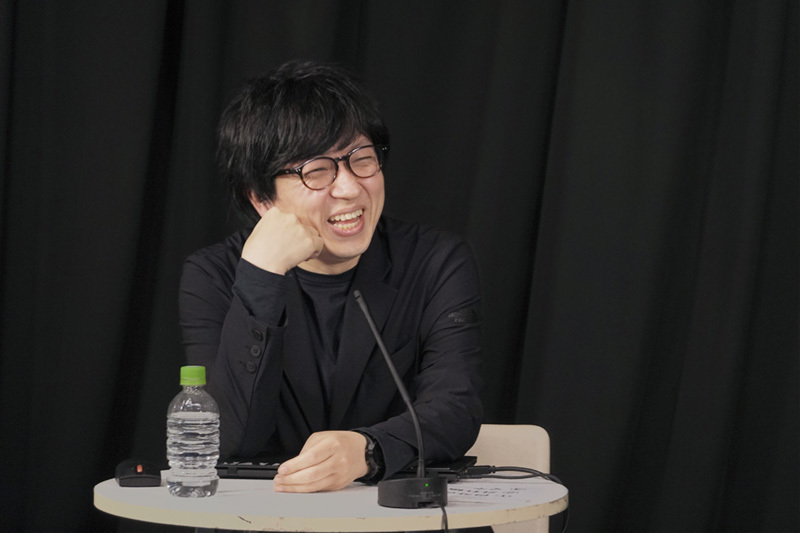
Hiroshi Sugiyama (Director, New Domain Planning Department, Mori Building; Director, Media Ambition Tokyo)
Engaged in urban-based art activities since his student days, he joined Mori Building in 2000. After working in the Town Management Division and Urban Development Headquarters, he took charge of cultural projects at Roppongi Hills. In 2018, as Head of Planning and Operations for "MORI Building DIGITAL ART MUSEUM: EPSON teamLab Borderless," he achieved 2.3 million annual visitors. The museum received awards including THEA Awards (for the world's finest cultural facilities) and the Grand Prize at the Nikkei Superior Products and Services Awards. Currently, in the New Domain Planning Department, he plans cultural facilities essential for future urban living. Director of the General Incorporated Association Media Ambition Tokyo.
"Since tonight is a night of wild ideas, it's okay to share these fantasies I had back then, right?" Mr. Wakita said, looking slightly embarrassed. Following him, Mr. Sugiyama spoke up.
"My reason for joining Mori Building actually stemmed from a huge fantasy too. Back in college, I used to go out into the city and create art all over the place—just mischief, really. Of course, it wasn't anything as outrageous as trying to destroy the city, and thankfully, I never got in trouble with the police. But eventually, I started fantasizing that if I was going to do the same thing, I wanted to do something much bigger. Right around that time, this massive art city called Roppongi Hills was being built. I thought, 'If I join this company, maybe I could make that kind of thing happen,' and before I knew it, I was knocking on their door. To put it dramatically, it might have been the moment my view of technology shifted from seeing it as just a tool to seeing it as an expression in itself."
Tonight's Keyword (Part 2): Outliers
The "outliers" both of you mention refer to "unique talents" that fall outside society's norms. In Sugiyama's words, "It's precisely these talents—the ones that get lost in majority rule or defy conventional marketing—that art needs." Expressed in Wakita's terms, "What's most vital for nurturing art is a society or environment with the kindness to accept someone as 'That guy's weird, but he's interesting, right? He's cool, right?'"
What does "outliers ≠ bad" mean? Sugiyama explains it this way. "There are people like startups who imagine the future two or three years ahead and actually bring it to life within that timeframe. Those looking even further ahead are people like researchers. And then, those who fantasize about an even, even further future—they are the artists, the thinkers, the science fiction writers. The important thing isn't deciding who is right or who society needs, but rather to make the exchange between people dreaming of different futures much, much more vibrant."
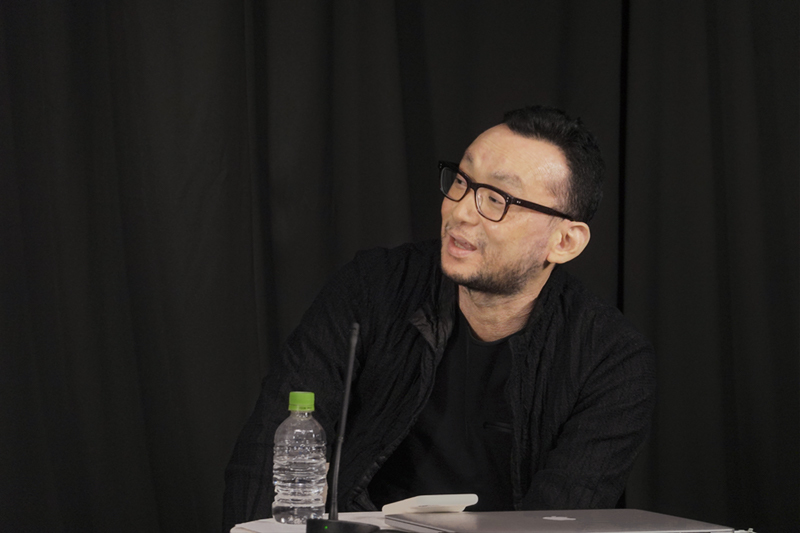
Rei Wakita (Artist / Professor and Dean, Faculty of Environment and Information Studies, Keio University)
As an artist bridging science and contemporary art, he employs simulations based on numerical calculations to create video works, installations, and live performances. His work has been presented at venues including Ars Electronica Center, WRO Art Center, MUTEK, Seishun Art Village, National Museum of Emerging Science and Innovation (Miraikan), Media Ambition Tokyo, and 21_21 DESIGN SIGHT. Major exhibitions include "Takahashi Collection: 'Face and Abstraction' - Alongside the Seishun Shirakaba Museum Collection" (2018) and the video work "NEW SYNERGETICS -NISSAN LEAF X AKIRA WAKITA" (2017), integrated with the Nissan LEAF.
In that sense, Wakita shared this perspective: "For example, current digital technology has features or services that 'recommend things you might like,' right? But in the future, it could also recommend things like, 'You hate this, right? Then why not try it once?' That would stimulate the creative mind far more."
Tonight's Keyword (Part 3): Money
Before getting into money, Wakita pointed out: "Digital is a technology that leaves absolutely no trace of the work process. With analog art—whether painting, sculpture, or anything else—the very traces of trial and error often hold value, right? With digital, such traces can be erased from existence with a single press of the delete key. While this is incredible, it's also incredibly terrifying."
Mr. Wakita's observation perfectly aligns with points previously made by Mr. Sugiyama: "Digital = something without mass" and "a business selling intangible experiences and things that don't generate ownership rights." To further monetize the value of art, leveraging digital technology seems indispensable.
To conclude this six-part series, I'd like to share Mr. Sugiyama's closing remark: "As a Japanese person, this is a story that gives me great hope." "I believe expressing invisible emotions or beauty through three-dimensional forms and spaces is what the Japanese excel at most. This holds true for ancient architecture, gardens, tea rooms, everything. By creating space, we express something spiritual within it. It expresses respect for everything—whether it's wabi-sabi, our ancestors and all contemporaries, those living in the future, or even the millions of gods. That is the very essence of the art Japan takes pride in, and why it draws envious eyes from abroad. We should have more confidence in this and learn even more. Fortunately, Japan still holds so much left to learn."
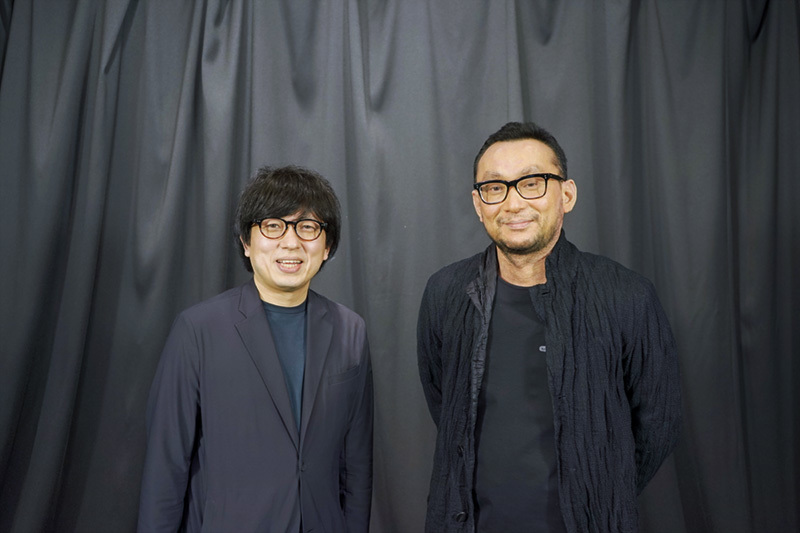
This series is an adaptation of the webinar titled "A Night of Imagining the Future Created by Art and Business," edited from Web Dentsu Inc.'s unique perspective under the supervision of its organizer, Kentaro Kasama (CEO of Arts & Brands).








